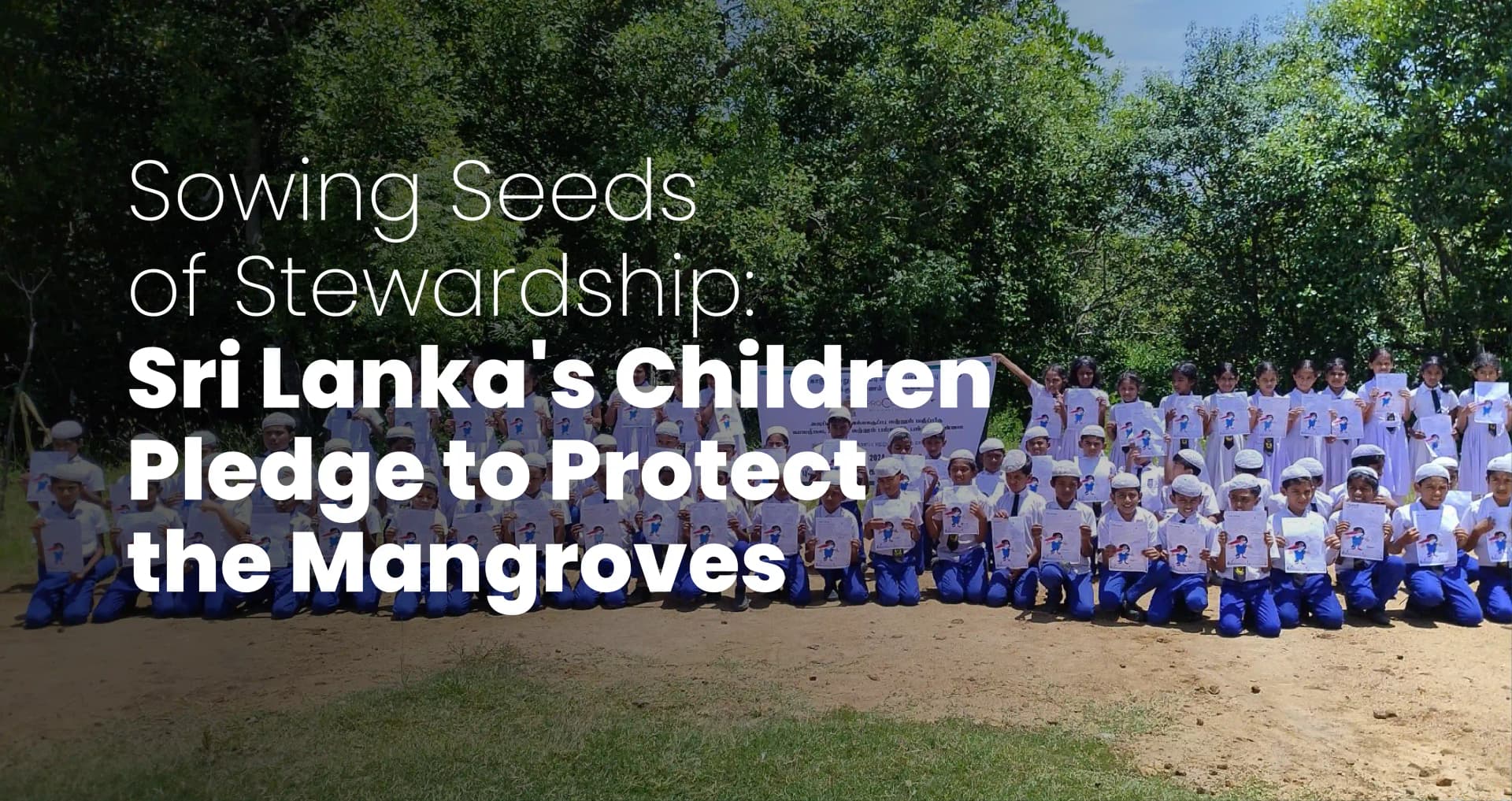Turning an Ecological Invasion into a Climate Opportunity

One of the interesting aspects of working at ProClime is stepping out from behind the scenes and into the field, where we witness our climate initiatives take shape alongside our expert teams. This particular assignment took us into the heart of Kerala’s Wayanad Wildlife Sanctuary. What we saw there was an eye-opener.
Within the sanctuary that offered the serenity of nature and the thrill of wildlife sightings, a silent ecological crisis was unfolding, one day at a time. What we saw was an ongoing invasion; not by humans but by a plant species. The seemingly verdant Senna spectabilis (locally known in Malayalam as Nilavilakku) was rapidly colonizing large swathes of the forest, endangering native biodiversity and pushing under-resourced forest officials into a corner, unable to stop the spread.

The Green Invader
Native to South and Central America, Senna spectabilis was brought to India decades ago as an ornamental plant. However, what was introduced as decorative plantings has now shaped itself into an ecological nightmare. The tree has adapted with alarming aggression, transforming into dense monocultures that disrupt the growth and displace native plant species.

The forest officials find themselves in a tough predicament because these trees grow and spread quickly, resisting any form of eradication efforts. Despite being cut down, their roots regenerate new shoots, and their thick canopy blocks sunlight, smothering native plants. Furthermore, their fallen leaves release allelopathic chemicals that reduce soil health, making it hostile for other plants to grow.
The result? Forest floors stripped of grasses, shrubs, and young saplings. What appears lush from a distance is in fact a hollow ecosystem; a silent green desert.

A Threat to Flora, Fauna, and the Landscape Itself
This Senna invasion is not only ecological, but also existential. Along with the native vegetation, a variety of herbivores that feed on them are under threat of becoming vulnerable. With the base of the food chain crumbling, the entire forest ecosystem, including apex predators is at risk.
Wayanad is a region which is also vulnerable to torrential rains, landslides, and soil erosion, and is therefore sensitive to such disruptions. The unchecked spread of Senna spectabilis is further destabilizing the soil and weakening the region’s natural ability to cope with monsoon cycles. The degradation is now a threat to human settlements and livelihoods as well.


A Global Crisis, A Call for Innovation
Invasive species proliferation is not unique to the region of Wayanad. Across India and the world, landscapes are often being often reshaped permanently by aggressive non-native species. Whether it’s Lantana, Parthenium, or Senna spectabilis, the pattern seems to be the same. We see ecological domination, with native ecosystems coming under siege from non-native plants that spread at the expense of local biodiversity. These invasions, once overlooked, have now become direct threats to climate resilience, food security, and water resources.
Fortunately, where there is crisis, opportunity also exists through innovative approaches. This challenge presents a chance to reimagine our response to these invasive species from reactive measures to proactive, system-level solutions.
The Carbon Project Potential
Designing carbon projects specifically to counter the existing crisis can turn invasive species management into a climate opportunity. By combining removal and ecological restoration with measurable climate results such as improved soil carbon, native species recovery, and watershed protection, we can unlock value both for ecosystems and stakeholders.
As one of the wildlife officers accompanying us stated: “The only way forward is to intertwine ecological goals with business interests”. They believe the government alone cannot carry the burden to come up with effective solutions. However, with the right partners, effective carbon financing mechanisms, and a smart market approach, it is possible to bring these invasive species under control and even profit from it.
These projects, upon effective implementation, can attract climate finance, generate carbon credits, and create green jobs while simultaneously restoring ecological balance.

ProClime: Seeing Through a Climate Innovation Lens
As a full stack climate solutions company, ProClime is at the forefront of sustainable environmental management and climate mitigation interventions. Through its strong commitment to nature-based solutions, policy alignment, and systemic innovation, ProClime drives the creation of resilient landscapes and climate-positive outcomes.
The Forest is Calling
Wayanad’s forest is still beautiful, but it is struggling. The silence beneath its green canopy is a warning. The effort to eradicate the invasive species is not only about restoring the native ecosystem; it is, more importantly about safeguarding the future. We must listen and act by innovating.
The forest is calling not just for help, but for solutions that work.

